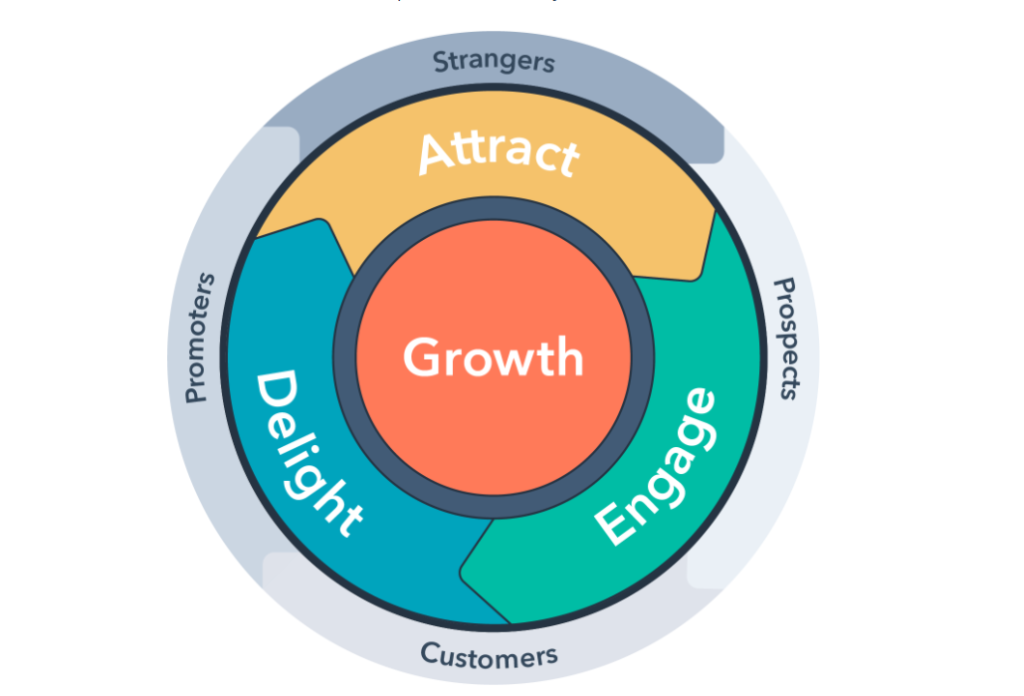How My Small Businesses Make 6 Figures A Year From Customer Referral Programs
I’ve built 6-figure customer referral programs for multiple small businesses.
And in five minutes, I will show you exactly how I’ve done it.
But first, these are the types of results you can expect.
Our customer referral program at our gym brings in 33% (conservative) of all new members. That’s about 110 members a year or $90,000 in extra revenue.
At my former salon, our customer referral program generated an extra $135,000 in revenue in 18 months.
At an ecom company I ran during my Uni days, we generated 70%+ of our online sales from referrals.
There’s no debating that referral marketing or referral programs, as I’ll refer to them for the rest of this blog work. And the best part is they’re soo easy to create and make work that any business can use them.
What Are Customer Referral Programs
A customer referral program is just a fancy name for an incentive you offer your customers to talk about your business and bring you more sales.
They work best with customers who are natural promoters of your business. These people already love and talk about your business or are likely to in the future.

Have you ever been asked in a business survey ‘how likely you are to recommend them to a friend?’ That business is using the net promoter score to learn if you are likely to promote their business or not.
People that give a score of 8,9 or 10 out of 10 on these surveys are called promoters.
As you’d expect, most promoters of a business are customers whose expectations have at least been met and likely exceeded by that business.
But even then, it’s rare that customers talk about a business without a reason to do so.
That’s where customer referral programs come in. Many businesses do a great job of looking after their customers, but to get customers to go one step further and talk about them, they need an incentive.
What A Missed Customer Referral Program Opportunity Looks Like
I ordered take-out from Nusa Dua Burgers last night and found this note on my burger box.

That’s pretty neat, right.
But what if their competitor, banging burgers just down the road, adds a note to their burger boxes that says, “bring a mate next time, and we’ll give you both $5 off your next order“.
Who am I more likely to order my next burger from? The people who know my name or the ones that will pay me to bring a friend…
So what if Nusa Dua Burgers added an incentive at the end of their note.
Let’s do some quick math.
At a guess, they serve ~100 burgers a night at $10 a pop, so they turn over $1,000 daily.
If they add that “$5 off” note to every order, at least 15 customers will order again with a friend to claim the discount.
Fifteen extra orders a day at $10 (accounting for you and your mate’s discount) is additional revenue of $150 per day or $54,750 a year—a 15% revenue bump with almost zero extra effort.
And that doesn’t even take into account how many of those new customers will re-order multiple times.
$50,000 in extra revenue annually for ten more words on a note is insane. The effort it takes to put a referral program like that into place is hilariously tiny.
Why do many cafes, restaurants, etc., leave this opportunity on the table? Your guess is as good as mine.
Real-Life Customer Referal Program Examples
At my gym, we give current members a month’s credit on their membership, and anyone they refer gets their first month free.
When I brought the gym four years ago, we got two leads a week total. Now we get ~5 leads a week just from referrals. And most of the time, the current member doesn’t even claim the free month.

The retail price of our gym membership is $75 per month – so they’re saving $75. But it only costs us ~$50 a month to serve that member.
We pay $100 (Member + Friend free credits) for each newly referred member. Which compares well to the usual $125 in marketing and sales expenses it costs typically.
And here’s the kicker. Referred members usually keep their memberships for 50% longer.

This simple card made my hair salon $135,000 in 18 months.
Every time a new client comes to our salon at the end of their appointment, we give them a ‘referral card’ (like above).
All the client has to do is write their name on the card and give it to a friend to bring in for their first appointment. Both of them, then get 25% off.
The cards cost us $15 for a pack of 500, and it takes 20 seconds to mention our referral program at the end of an appointment.
At the salon, we used Timely’s booking software, which tracked how many times our referral code was redeemed. In 18 months, we gave out $33,000+ of discounts and generated an extra $135,000 in revenue from this referral program.
Without our referral program, the salon would have run at a loss the entire time I owned it. Instead, it made about $60k in the final year I owned it.
Before introducing our customer referral program, the salon got about 25 referrals a year. By the time I sold, it was getting 150+ a year.
How To Create Customer Referral Programs That Work
I walked through specific examples above to give you an idea of how simple and effective these programs are.
However, because referral programs can work for any business, and there are a million different ways you can put one together. What is best for your business is beyond my estimating abilities.
So instead, I’ll leave you with the rules that have helped me succeed here.
10 Rules Of Referral Programs
Keep it as simple as possible for you to manage and your customers to use. Less is more in this case.
Make the incentive dual-sided; give your current and new customers an incentive.
– All of the most successful referral programs are dual-sided.
Tie the incentive to your business. Give the referrer and the referee credit, free products, different products etc., at your business.
– For example, don’t give new hair salon clients a free pair of shoes. You’ll attract many people who aren’t a good fit for your business.
Tell people about it. You need to constantly promote this thing and remind your customers once you’ve set it up. It won’t sell itself.
– Don’t make the mistake of giving someone a referral bonus after their friend becomes a customer, even though they didn’t know about your referral program. That’s a waste of time and money. Your referral program is an incentive, not a reward – there’s a big difference between the two.
Make the incentive meaningful. No one is going out of their way to promote your business for a few dollars. I think $20 worth of value is a minimum.
Don’t make the incentive more than your current CAC. One of the points of referral programs is to lower your CAC, not increase it. You’re cashing in on providing the above-expected value to your customers here. So if your CAC is $50, don’t give away more than $50 in total value.
Start with 50% of CAC – if that doesn’t work, slowly increase the incentive.
Make it easy to share. Again the less friction, the better; you have to make it easy to share with your customers and easy for them to share with their friends.
Don’t limit how many times someone can claim. The more times someone can claim, the better. I couldn’t care less if we have gym members who never pay to use the gym again; as long as they keep referring, we’ll keep incentivising.
Don’t incentivise leads. Make sure you’re only incentivising paying customers. You don’t want to be paying for leads from referrals – it’s too easy for your customers to game that system, and you could find yourself severely out of pocket.
– Only pay for new customers. Only let them claim when they commit to spending with you.
Make them part of a process, along with having to promote your referral program continually. The most successful programs are part of a process. Meaning you don’t just mention them ad-hoc – continually consistently promote them. Make them part of your sales or onboarding process.
Creating A Referral Summary
You’re leaving free money on the table if you don’t have a referral program.
Referral programs are cash machines that put your customers to work for you. They can help you turn your natural business promoters into sales reps at a fraction of the cost of typical salespeople.
They’re easy to put together, they make a lot of money, and all you have to do is follow the rules above to create one that works.


